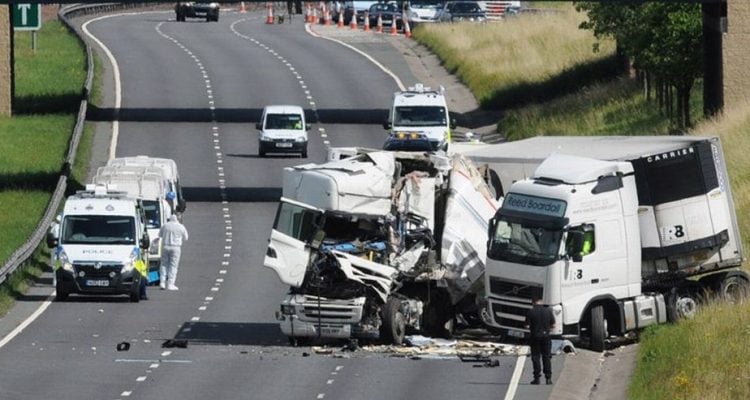The recent data released regarding the dangerous level of speeding offenses committed by HGV delivery drivers is alarming. More than 23,000 HGV drivers were caught speeding on motorways in 2021, with the annual figures moving in “a dangerous and negative direction”.
Analysis of data involving delivery drivers in light and heavy goods vehicles found there were 23,136 truck drivers charged for the offence on motorways in 2021, an increase from 17,439 in 2020 and 20,816 in 2019.
For LCVs it was 84,764 in 2021, 59,678 the year before and 67,236 in 2019.
 Why Are HGV Delivery Drivers Speeding?
Why Are HGV Delivery Drivers Speeding?
There could be several reasons why HGV delivery drivers are speeding. One of the most significant reasons is the tight delivery schedules imposed on them. These schedules often leave little room for delays or any unexpected circumstances, leading to drivers taking risks to ensure timely delivery.
Furthermore, there is a lack of awareness among drivers regarding the dangers of speeding. Many drivers are not aware of the impact of their actions on the road, and they do not realize that their speeding can cause accidents, which can result in serious injuries or fatalities.
Another factor contributing to this issue is the lack of regulation and enforcement. There are currently no strict guidelines in place for HGV delivery drivers when it comes to speeding, which can lead to drivers taking unnecessary risks.
Insurance Revolution who had reviewed the government figures said: “The analysis of deaths and injuries caused by speeding further highlights the danger of driving at irresponsible speeds.
“With the 2021 data yet to be released, we’d anticipate fatalities to unfortunately rise alongside the number of drivers caught speeding.
“Delivery drivers are not only putting lives at risk but their livelihoods too, as a result, safe and responsible driving should be a priority.”
What Can Be Done to Mitigate This Issue?
To address this issue, we need to take a multi-pronged approach. Firstly, there needs to be more regulation and enforcement in place for HGV delivery drivers. There should be strict guidelines and penalties for drivers who speed, and these guidelines should be consistently enforced to ensure compliance.
Secondly, there needs to be more education and awareness campaigns targeted towards HGV delivery drivers. These campaigns should focus on the dangers of speeding and the impact that it can have on the road. Drivers need to be made aware of the risks associated with speeding and the importance of following traffic rules.
Thirdly, delivery schedules need to be more flexible to reduce the pressure on drivers to speed. This can be achieved by allocating more time for delivery or by adopting more efficient delivery routes.







